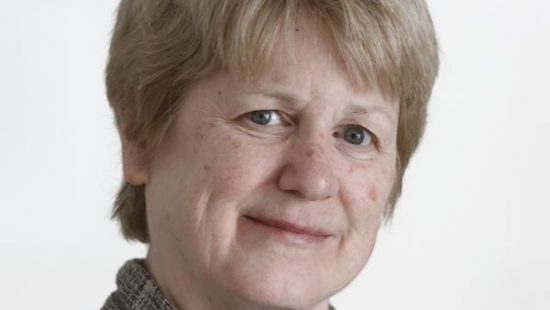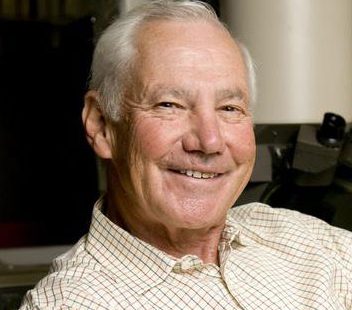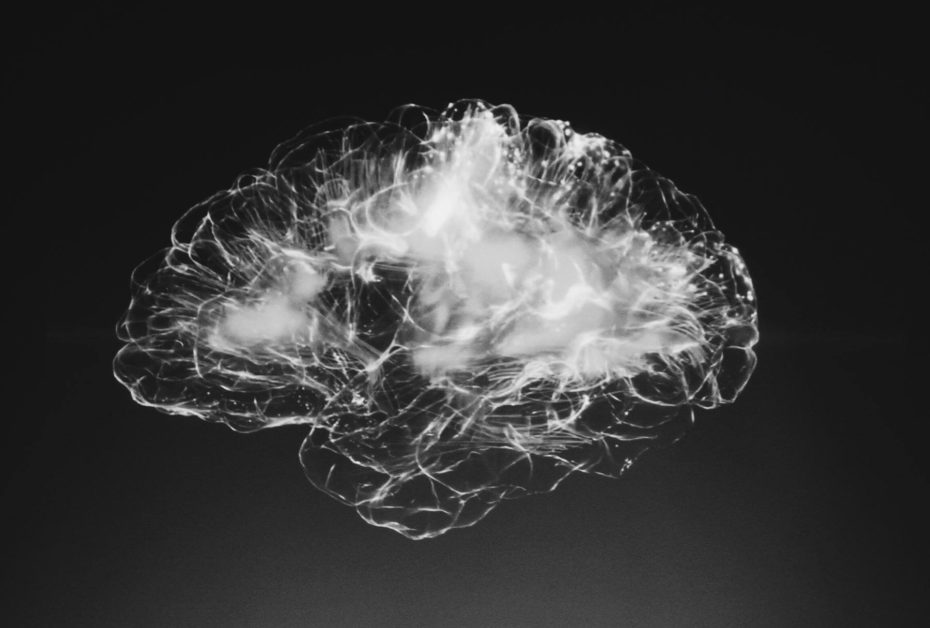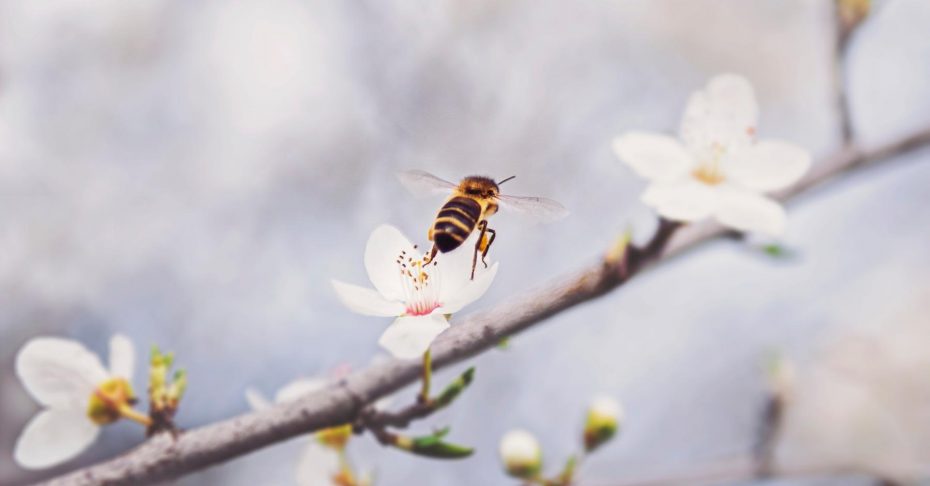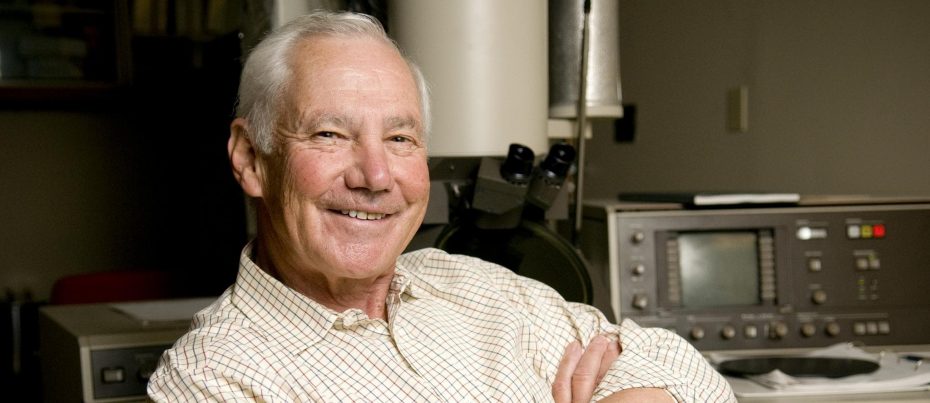Later in his career, author Jack London, in books like “Burning Daylight” and “Valley of the Moon,” chronicled the bliss of living off the land.
In doing so, he unknowingly inspired a young prodigy to pursue scientific farming – leveraging experimental research to improve agriculture.
That boy, Daniel I. Arnon, would go on to study plant micronutrients at the University of California at Berkeley.
During World War II, as a major in the U.S. Army, he fed troops stationed on a barren island by farming in nutrient-rich water and gravel.
After the war, Arnon discovered and named “photosynthetic phosphorylation,” the process by which chloroplasts – the part of plants where photosynthesis takes place – use sunlight to generate adenosine triphosphate.
Called ATP, this biochemical is responsible for storing and allocating energy to cells.
Through this discovery, Arnon’s team was the first to duplicate photosynthesis outside a living cell, painting a better picture of what helps plants survive.


